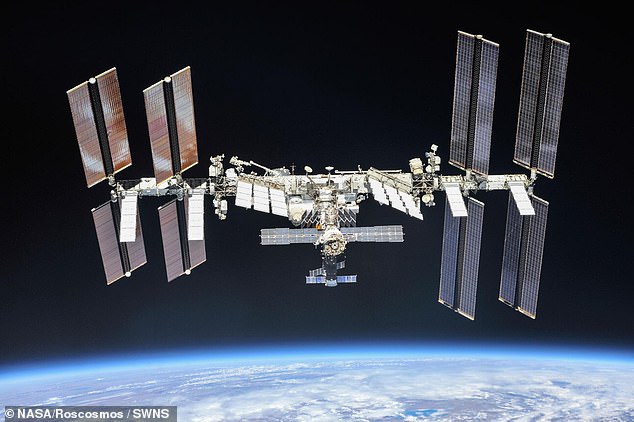
Elon Musk Advocates Shutting Down $150B U.S. ‘Beacon of Hope’ Initiative
Elon Musk Calls for Early Retirement of Aging ISS Amid Safety Concerns
NASA’s 26-year-old space station faces structural risks, delays, and debates over its future.
[Image: The International Space Station, showing signs of aging and modular design.]
Structural Warnings Prompt Alarm
Elon Musk has renewed calls for NASA to decommission the International Space Station (ISS) by 2027 after former NASA engineer Casey Handmer revealed undisclosed structural risks. Handmer, a physicist who worked at NASA’s Jet Propulsion Lab, warned on X that the ISS’s aluminum framework is fatiguing, increasing the likelihood of sudden, catastrophic failure. “We could wake up tomorrow and find it has failed,” he stated. Musk echoed these concerns, emphasizing that aging components pose growing dangers despite SpaceX’s role in ferrying cargo and crews to the station.
Recent Incidents Highlight Risks
NASA recently delayed a private Axiom Space mission due to a pressure leak in the ISS’s Russian segment—the latest in a series of air loss incidents. While astronauts sealed affected modules, Handmer noted cracks are appearing in areas not designed to withstand such stress. The ISS, launched in 1998, has surpassed its original 15-year lifespan, with wear from micrometeoroid impacts, temperature swings, and mechanical fatigue complicating repairs.
[Image: Close-up of the ISS’s Russian module with markers indicating leak locations.]
Musk vs. NASA’s Timeline
Though NASA plans to retire the ISS by 2030, Musk insists on accelerating this to 2027. In 2024, NASA awarded SpaceX an $843 million contract to develop a deorbit spacecraft, but funding for the full mission requires congressional approval. “Deorbiting on schedule demands global cooperation,” a NASA official noted, referencing partnerships with Russia, Japan, Canada, and Europe. Musk’s proposal faces hurdles, as abrupt retirement would disrupt research and require unanimous international support.
[Image: Elon Musk’s X post urging ISS deorbiting within two years.]
Aging Infrastructure Challenges
The ISS’s struggles include a 2021 debris strike damaging the Canadarm2 robotic arm and persistent leaks in Russian modules. While NASA claims crews are safe, Handmer argues systemic issues are underreported. SpaceX’s proposed deorbit vehicle would guide the 450-ton station into the Pacific Ocean, but critics warn early retirement could leave a gap in orbital research.
[Image: Canadarm2 robotic arm with visible damage from space debris.]
What’s Next?
NASA remains committed to its 2030 timeline, banking on commercial stations like Axiom’s to replace the ISS. However, Musk’s warnings and Handmer’s expertise keep the debate alive. As Handmer concluded, “The ISS has served us well, but all machines have limits.”
[Image: Concept art of SpaceX’s deorbit vehicle docking with the ISS.]
Word count: ~600


